X
Electric hoists represent their own machinery, strength, and toughness, while the stage is elegant, flowing, and soft, with conflicts and collisions between the two.
Stage lifting slings are crucial tools for lifting and transporting stage equipment. Usually made of high - strength synthetic fibers, they are lightweight and highly flexible, facilitating arrangemen
Category : Sling Series
Get a Quote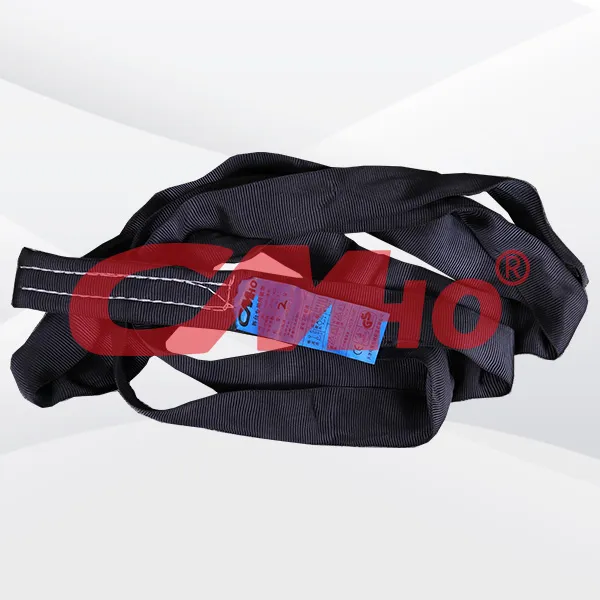




Product Details
Special stage lifting slings are mainly used to lift and fix various equipment, props, etc. in scenarios such as stage performances. Their working principles are mainly based on the following aspects: Material Properties - Special stage lifting slings are usually made of synthetic fiber materials such as high - strength polyester fiber and nylon. These materials have high strength and toughness and can withstand large tensile forces. Take polyester fiber as an example. It has good tensile resistance. Its molecular structure is stable. When subjected to external forces, the molecular chains can cooperate with each other to resist the tensile force, making the lifting sling less likely to break when bearing heavy loads. At the same time, these materials also have a certain degree of elasticity, which can buffer a certain amount of impact force during the lifting process, protecting both the lifted object and the lifting sling itself. Mechanical Structure - **Force Transmission and Dispersion**: Lifting slings generally have a wide load - bearing surface. When used to lift an object, the weight of the object is evenly transmitted to the lifting sling through the contact surface between the sling and the object. Then, the lifting sling disperses the force it bears along its length direction, enabling the force to be evenly distributed across the entire sling and avoiding excessive local stress. For example, the flat lifting sling, through its flat structure, increases the contact area with the lifted object, allowing the force to be transmitted and dispersed more evenly, thus improving the safety and stability of the lifting operation. - **Friction and Fixation**: The friction between the lifting sling and the lifted object, as well as between the lifting sling and the lifting equipment (such as hooks) plays an important role in fixation. The surface of the lifting sling usually has a certain degree of roughness. When in contact with the object or the hook, friction is generated under the action of pressure, preventing the lifting sling from sliding during the lifting process. For instance, at the connection part between the lifting sling and the hook, through reasonable winding and tightening methods, the friction is utilized to enable the lifting sling to be firmly hung on the hook, ensuring the safety of the lifting process. Connection and Fixation Methods - **Function of Connection Components**: The two ends of the lifting sling are usually equipped with various connection components, such as ring buckles, D - shaped buckles, locking buckles, etc. These connection components are firmly connected to the main body of the lifting sling through specific design and manufacturing processes and can withstand large tensile forces. During use, the connection components connect the lifting sling to the lifted object and the lifting equipment, forming a complete lifting system. For example, the ring buckle can be easily put on the fixed point of the lifted object, and the D - shaped buckle can be quickly connected to equipment such as hooks. Through the rational use of these connection components, a reliable connection between the lifting sling and the entire lifting system is achieved. - **Mechanical Principles of Fixation Methods**: After connecting the lifting sling to the lifted object and the lifting equipment, certain fixation methods are required to ensure the firmness of the connection. Common fixation methods include knotting, winding, and locking buckle fixation. Taking knotting as an example, by tying one end of the lifting sling into a knot according to a specific method, the friction and self - locking principle of the knot are utilized, enabling the lifting sling to remain fixed when bearing tension. The winding method is to wind the lifting sling around the object or equipment for a certain number of turns. The friction and pressure generated by the winding are used to achieve fixation. The more turns there are, the better the fixation effect, which can effectively prevent the lifting sling from loosening or falling off during the lifting process.
In conclusion, through the excellent properties of the materials themselves, a reasonable mechanical structure, and reliable connection and fixation methods, special stage lifting slings achieve safe and efficient lifting and fixation functions in stage lifting operations.
https://studio.youtube.com/video/GwMnIrIxsO8/edit
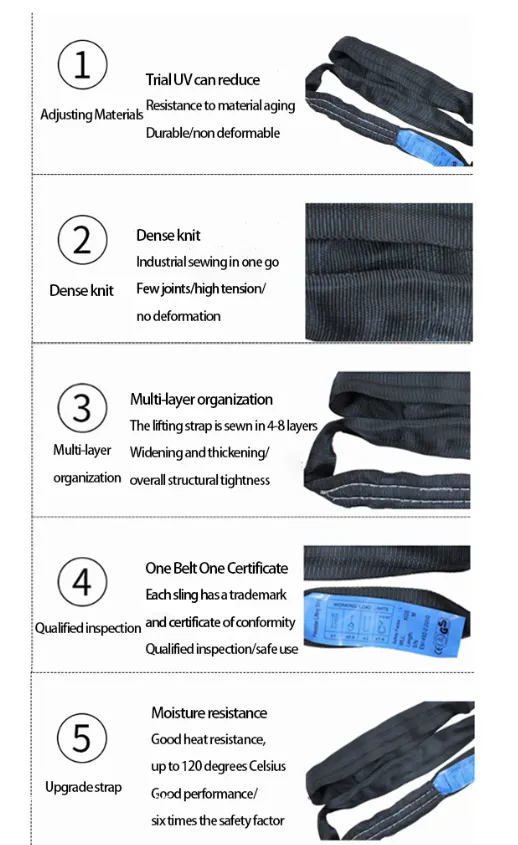
Previous: Stable Soft Sling
RELATED PRODUCTS .
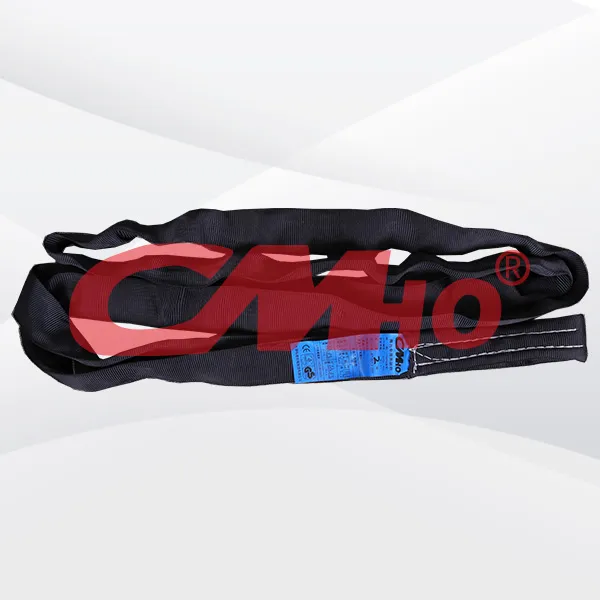
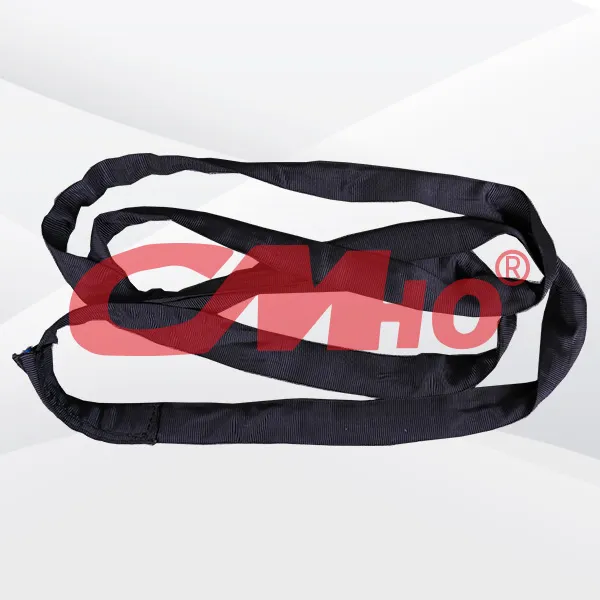
Wholesale lifting slings often come with a more professional technical team and after-sales service. They can provide customers with professional advice and training on the selection, use, and mainten
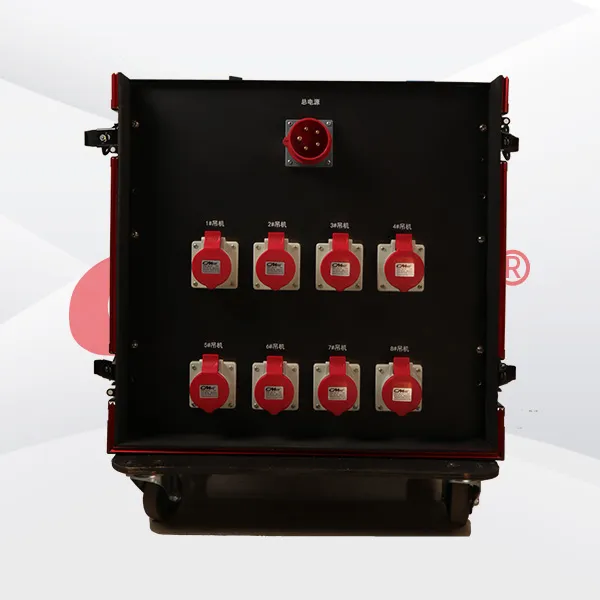
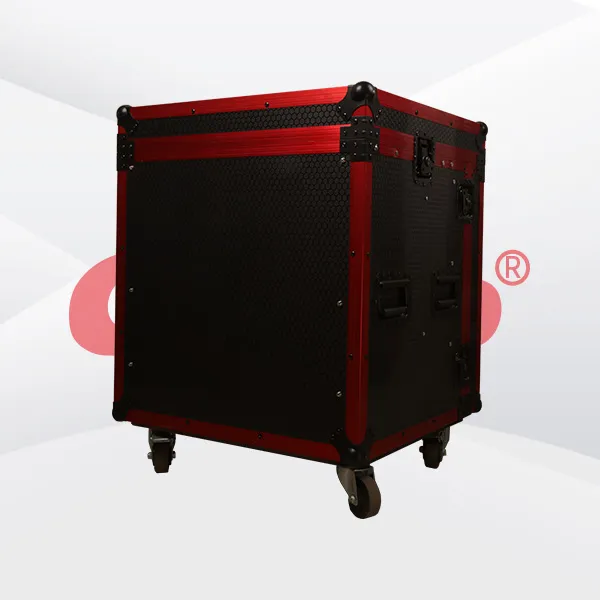
The motor controller for celebrity concerts precisely regulates the lifting of the stage elevators, ensuring that the stars make a stunning appearance during the grand opening ceremony and achieving a
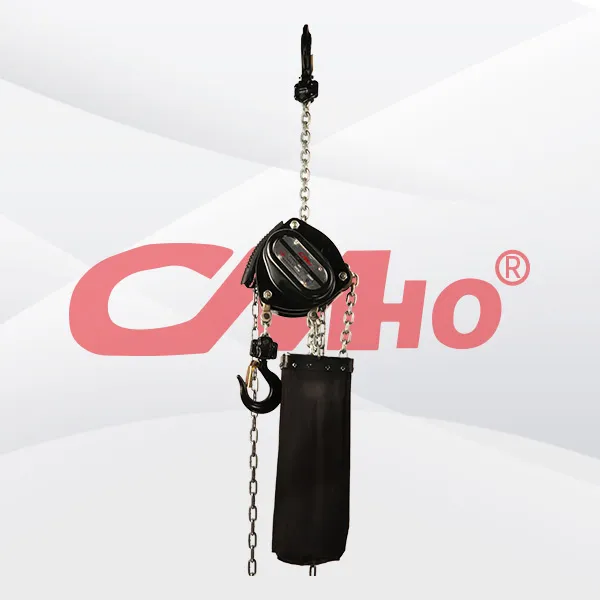
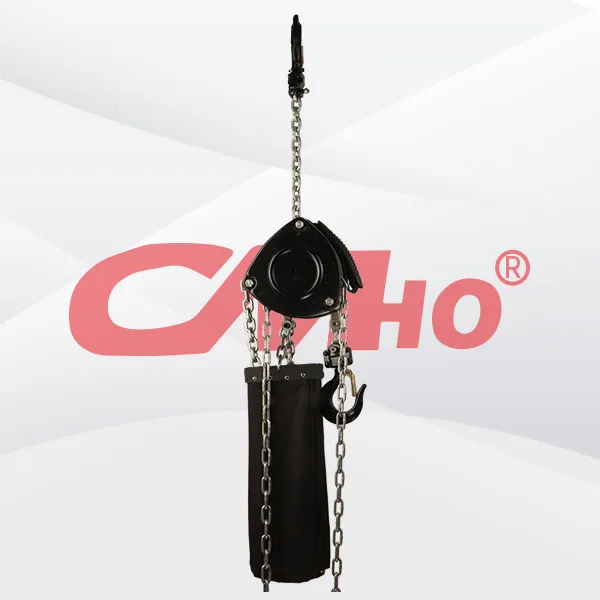
The hand chain winch specially designed for theater performances acts as the "emergency guardian" of stage shows, relying on its stable and reliable pure manual control system. In emergency ...
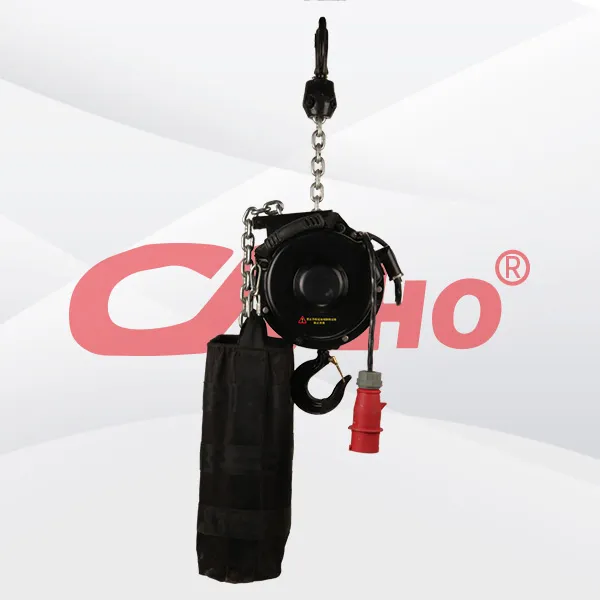
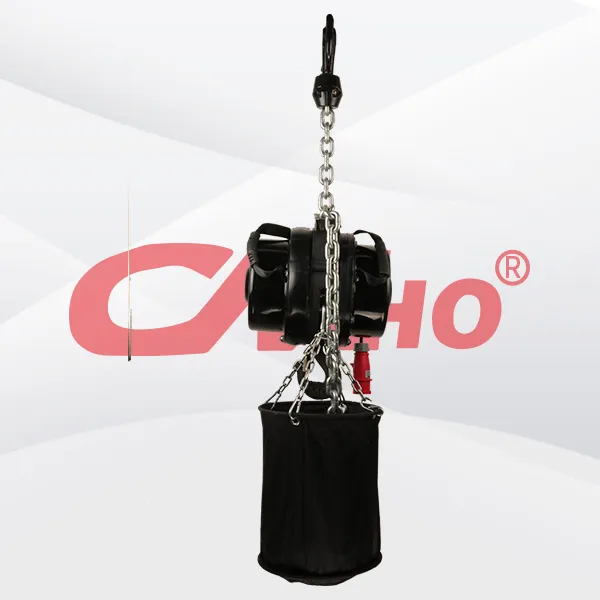
In large-scale concerts, electric stage hoists can enable flexible transformations of the stage's mechanical structure, such as lifting and lowering the main stage and moving the extended stage, creat
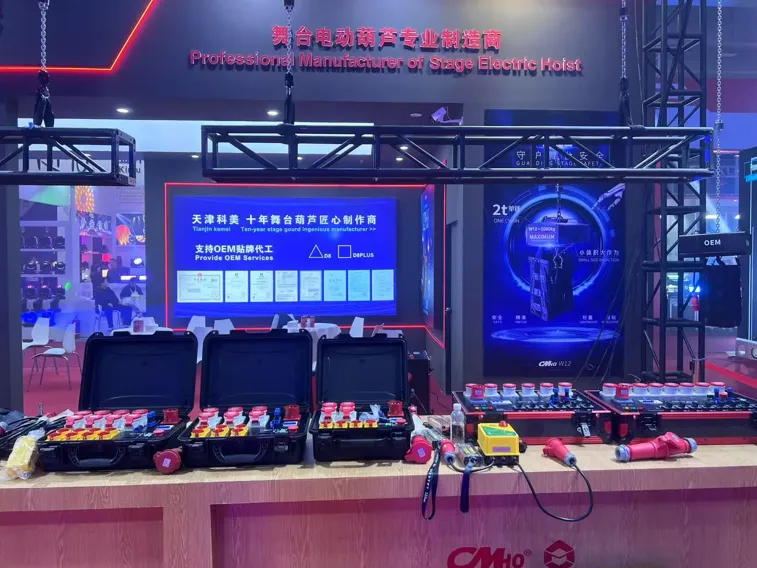
2025-02-28
创始人
0
The participation of Tianjin Kemei in the Guangzho...
Tianjin Kemei made a remarkable and eye-catching appearance at the Guangzhou (International) Performing Arts Equipment, Intelligent Acoustic, Optical and Electrical Products...
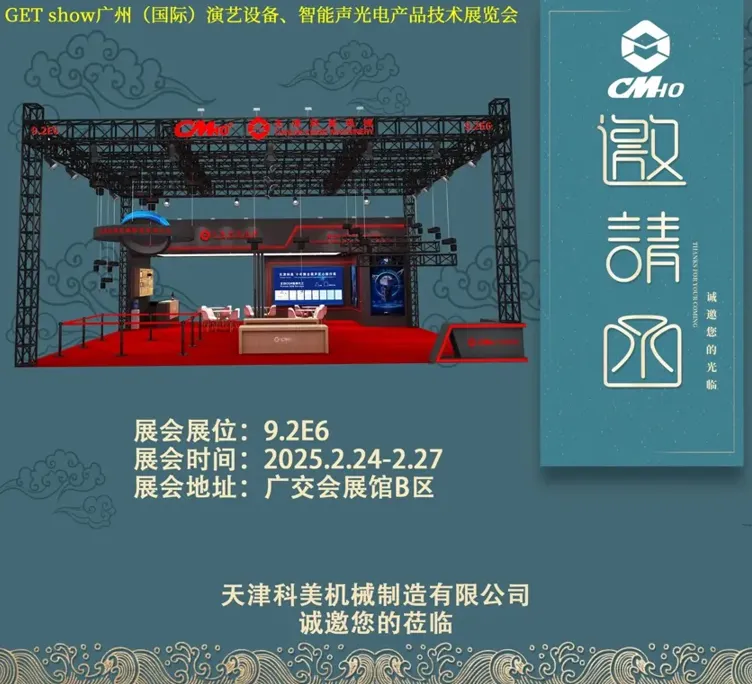
2025-02-27
创始人
0
Guangzhou (International) Performing Arts Equipmen...
In the era of the rapid development of stage lifting equipment and intelligent acousto - optic technology, every industry event serves as a crucial opportunity for innovatio...
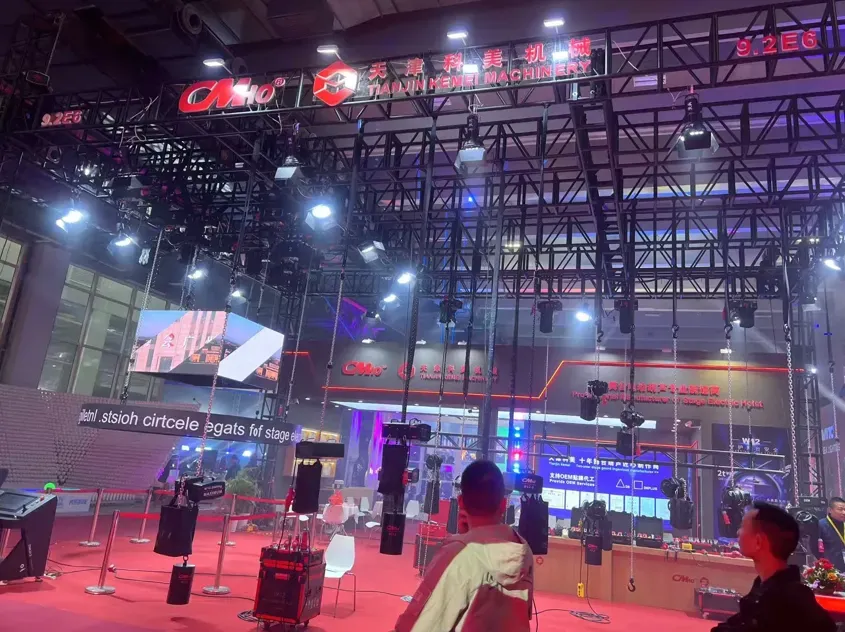
2025-02-27
创始人
0
GET show Guangzhou (International) Performing Arts...
Tianjin Kemei Machinery Manufacturing Co., Ltd. has been deeply engaged in the stage equipment manufacturing field for many years and has developed into a modern benchmark e...
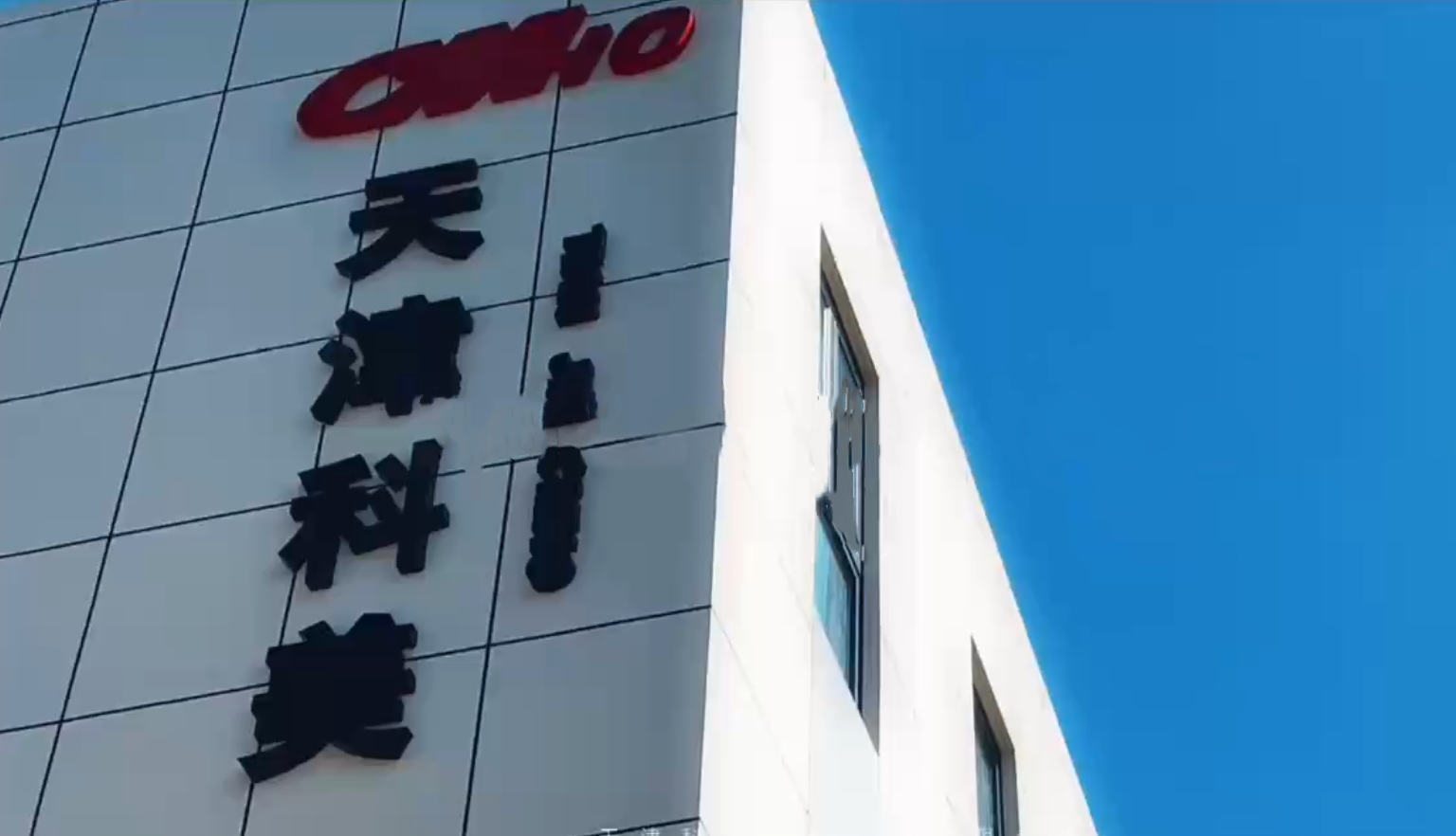
2024-09-24
admin
0
Tianjin Kemei Machinery Manufacturing Co., Ltd. Ne...
Tianjin Kemei Machinery Manufacturing Co., Ltd.: New Starting Point, New Journey - New Factory Relocation Record

